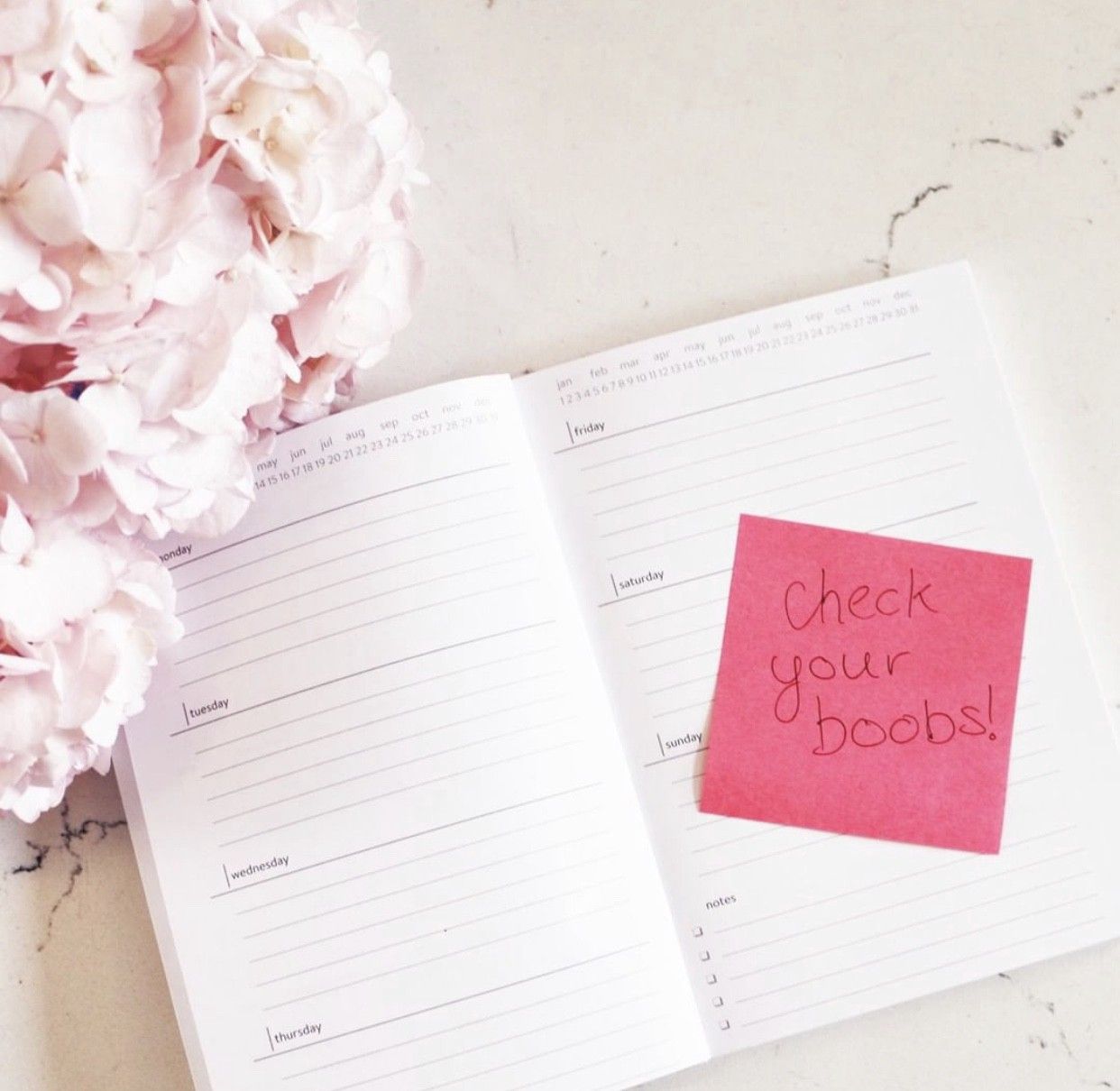Emme is a HIPAA-compliant company and your data privacy is our priority. Read more here.
Breast Self-Exams 101: How to Check and What to Look For
Image via Unsplash
2018 was another year full of new accomplishments and memories with those we hold dear. However, we know that for many of you the start of a new year brings the opportunity to continue to improve, whether that be budgeting, eating a little healthier, or strengthening relationships. Consider including your relationship with your breasts on your list of good habits for 2019!
You may have heard some of the recent debate over the value of self-breast exams. On their own, breast exams have not been shown to improve survival of women who have breast cancer.[1] However, forty percent of diagnosed breast cancers are detected by women who feel a lump.[2] It is important for you to be familiarize yourself with your breasts in order to recognize what is normal and then consult with a physician when you notice changes.
Ok, tell me more. How do you perform a breast self-exam?
1. Check out the girls in the mirror
Strike a pose with your hands on your hips and look to see if your breasts are their usual shape color and size.
Contact your doctor if you notice any of the following:
- Dimpling or puckering
- Changes in shape, size, or symmetry
- An inverted nipple
- Rash, redness, or soreness [3]
2. Raise your arms overhead with your palms pressed together and look for the same changes as those listed above. Also, check for any fluid coming from one or both nipples.
Hint: If you didn’t have a baby recently, fluid should NOT be coming out of your nipples.
3. Examine your breasts with your hands.
You can do this either lying down or in the shower. The breast tissue spreads out and becomes thinner when we lay on our backs, which may make this position easier for some women.[3] Other women find it helpful to examine when their skin is slippery and wet in the shower. Don’t be afraid to experiment and find what works the best for you.
General examining tips:
- Feel each breast with your opposite hand. If lying down, place a pillow underneath your right breast and your right arm behind your head. Examine your right breast with your left hand and repeat for your opposite side.
- Use the pads of your fingers of your three middle fingers.
- Use different levels of pressure to feel each level of your breast tissue. You will need to use a firm pressure to get way down in there.
- Examine your entire breast tissue (it takes up more space than you might think). This means from your collarbone down to your abdomen and from your armpit to your cleavage. Following a pattern, such as starting at your nipple and moving out in larger circles can be helpful or moving up and down in vertical rows, can help ensure that you’ve covered the whole area. This may take some time so be patient. [1]
What exactly am I feeling for?
We realize that breast self-exams can be intimidating for many women, especially if they are unsure what they are feeling for. Different areas of your breast have different textures.
- The area near your armpit has the most significant lumpy texture.
- As we venture down south, the lower half of your breasts feel like a sandy beach and have us daydreaming of tropical vacations.
- The area under your nipple can feel grainy, like a bowl of oatmeal. [3]
When to do a breast self-exam:
Try to perform a breast self-exam once a month. Taking ten minutes out of every thirty days to prioritize your health is not that big of a time commitment, ladies. It takes longer to get a manicure. And think about it, you could admire your freshly painted nails while doing your breast exam. Need I say self-care? According to the Mayo Clinic, the best time to perform a breast self-exam is during the week following your period because your breasts are typically less tender, making significant fibrocystic changes less likely.[1]
Are there any risks associated with a breast self-exam?
Overall, there is no risk associated with performing a breast self-exam. Some women may experience increased levels of anxiety if they detect a new lump. If this occurs for you, take a deep breath and consult with your physician who can provide guidance and recommendations. They may recommend further tests and procedures if needed. Some women may feel a performed breast ultrasound or biopsy was unnecessary if the results demonstrate the lump was benign.
Finally, don’t overestimate the benefit of breast self-exams. They are an excellent free tool to supplement, but not to replace clinical breast exams or screening mammograms. [1]
...
Sources:
- “Breast Self-Exam for Breast Awareness.” Mayo clinic, Mayo Foundation for Medical Education and Research, 3 July 2018, www.mayoclinic.org/tests-procedures/breast-exam/about/pac-20393237.
- Nbcf. “Breast Self-Exam: The National Breast Cancer Foundation.” National Breast Cancer, Inc., www.breastcancer.org/breast-self-exam.
- “Breast Self-Exam: How to Check for Lumps and Other Breast Changes.” Edited by Sameer Gupta & Marcia Boraas, Breastcancer.org, 19 Oct. 2018, www.breastcancer.org/symptoms/testing/types/self_exam.

